China’s Natural Wonders: A Visual Journey
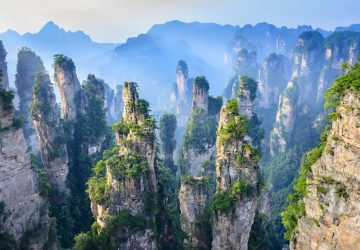
China’s diverse landscapes offer a plethora of natural wonders, each with its own unique beauty and charm. From towering mountains and vast deserts to serene rivers and mystical caves, the country’s natural attractions captivate the imagination and inspire awe.
1
Jiuzhaigou Valley
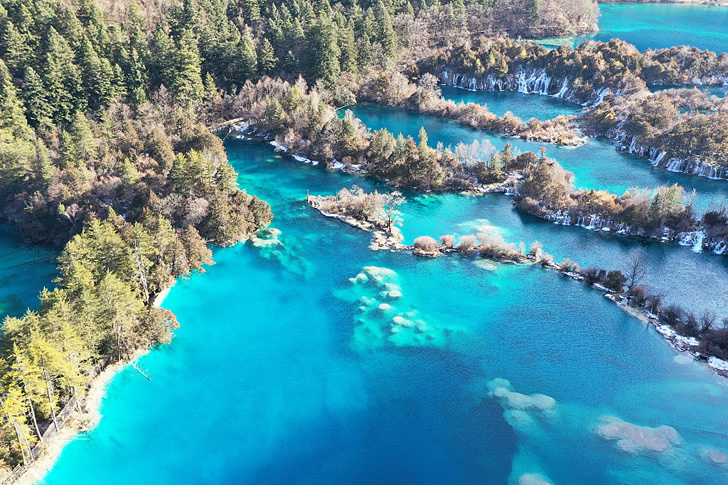
Jiuzhaigou Valley, located in Sichuan Province, is a UNESCO World Heritage site celebrated for its multi-colored lakes, snow-capped peaks, and lush forests. The valley’s name, which means “Nine Village Valley,” refers to the Tibetan villages scattered throughout the area. Jiuzhaigou is famous for its turquoise, green, and blue lakes, which are surrounded by waterfalls and pristine forest. The clear waters reflect the surrounding scenery, creating a magical and serene atmosphere. The valley is also home to diverse wildlife, including giant pandas and golden snub-nosed monkeys. Jiuzhaigou’s breathtaking beauty and tranquil ambiance make it a favorite destination for nature lovers and photographers.
Do you agree?
2
Zhangjiajie National Forest Park
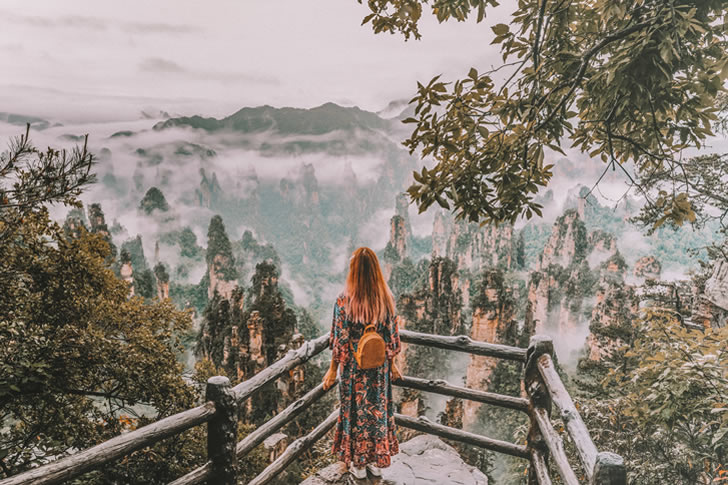
Zhangjiajie National Forest Park is renowned for its towering sandstone pillars, which rise majestically from the forest floor. These natural formations served as inspiration for the floating mountains in the movie “Avatar.” The park’s stunning scenery includes deep ravines, lush forests, and crystal-clear streams. Visitors can explore the park via a network of trails and cable cars, offering breathtaking views of the landscape. This UNESCO World Heritage site is a must-visit for nature enthusiasts and adventure seekers.
Do you agree?
3
Reed Flute Cave
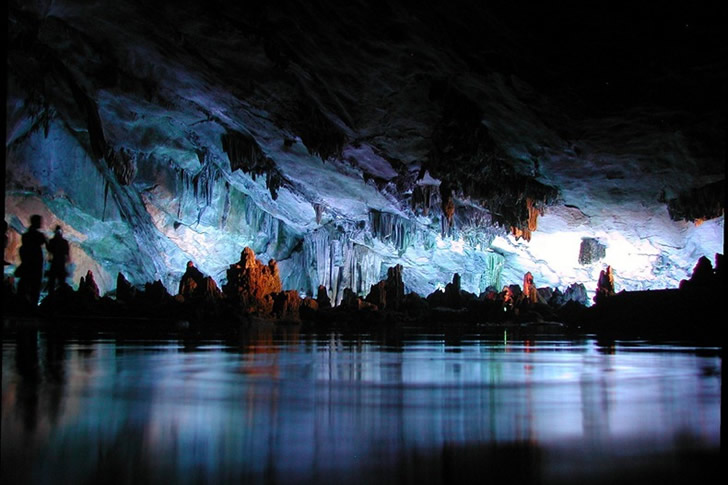
Reed Flute Cave, located in Guilin, is a natural limestone cave known for its stunning rock formations, stalactites, and stalagmites. The cave is illuminated with multicolored lights that highlight the intricate shapes and create a surreal underground landscape. Named after the reeds growing outside the entrance, which can be made into flutes, the cave has been a popular attraction for over a thousand years. Visitors can take a guided tour through the cave’s winding passages and marvel at formations with names like “Crystal Palace” and “Dragon Pagoda.” The combination of natural beauty and artistic lighting makes Reed Flute Cave a captivating and otherworldly experience.
Do you agree?
4
The Yellow Mountains (Huangshan)
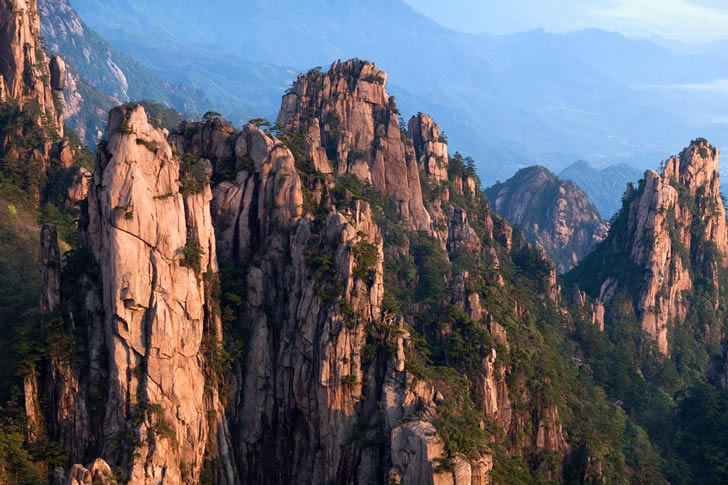
The Yellow Mountains, or Huangshan, are one of China’s most famous and visually striking mountain ranges. Known for their “Four Wonders”—peculiar-shaped rocks, dramatic peaks, sea of clouds, and hot springs—the Yellow Mountains have inspired countless artists and poets. The jagged granite peaks often emerge through a blanket of mist, creating a mystical and awe-inspiring landscape. Visitors can hike along well-maintained trails, stay in mountaintop hotels, and enjoy the spectacular sunrise and sunset views. The Yellow Mountains are also home to ancient pine trees that cling to the cliffs, adding to the area’s unique charm. Huangshan is a symbol of natural beauty in Chinese culture and a must-see for travelers.
Do you agree?
5
The Li River
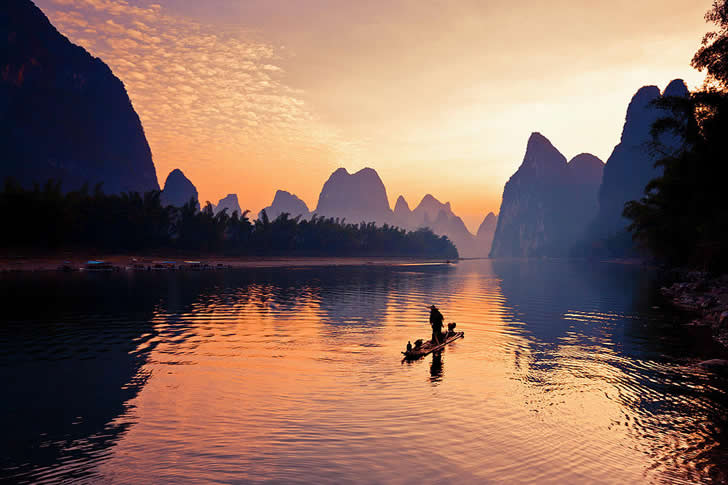
The Li River, flowing through the picturesque karst landscape of Guilin, is one of China’s most iconic natural wonders. The river meanders past dramatic limestone peaks, verdant rice paddies, and quaint villages, creating a serene and picturesque scene. A popular way to experience the Li River is by taking a leisurely cruise from Guilin to Yangshuo, allowing visitors to fully appreciate the stunning scenery. The river’s calm waters reflect the surrounding mountains, creating a mirror-like effect that adds to the area’s ethereal beauty. The Li River has been celebrated in Chinese art and literature for centuries, making it a cultural as well as a natural treasure.
Do you agree?
6
The Gobi Desert

The Gobi Desert, spanning northern China and southern Mongolia, is a vast and varied landscape of sand dunes, rocky outcrops, and arid steppes. Despite its harsh environment, the Gobi is rich in history and biodiversity. It was a key part of the ancient Silk Road, and numerous dinosaur fossils have been discovered here, making it a site of significant paleontological interest. Visitors can experience the Gobi’s dramatic scenery by exploring its sand dunes, camel trekking, and visiting oases and nomadic camps. The desert’s stark beauty and vastness offer a unique adventure for those seeking to explore one of the world’s great deserts.
Do you agree?
LATEST POSTS
- 1
 Find Out How to Safeguard Your Gold Investment from Volatility
Find Out How to Safeguard Your Gold Investment from Volatility - 2
 Find Out How to Finance Your Roof Replacement
Find Out How to Finance Your Roof Replacement - 3
 How to Avoid Common Pitfalls When Hiring a Roofing Company
How to Avoid Common Pitfalls When Hiring a Roofing Company - 4
 How to Select the Ideal Roofing Company for a Successful Roof Replacement
How to Select the Ideal Roofing Company for a Successful Roof Replacement - 5
 How to Safeguard Your Senior Apartment for Optimal Safety and Comfort
How to Safeguard Your Senior Apartment for Optimal Safety and Comfort
Share this article




